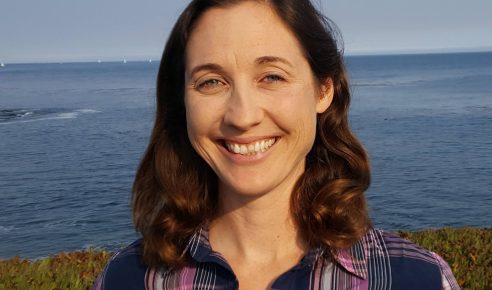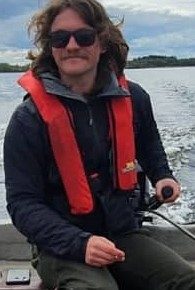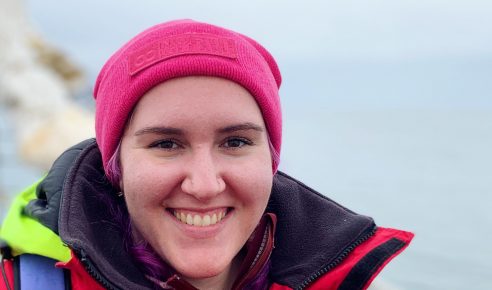stock assessment (natural mortality) and ecosystem modelling (consumption over biomass)
Comparative study across species are foundational to many topics in fisheries science, including to justify biological reference point proxies, predict natural mortality rates, or parameterize ecosystem models. Surprisingly, however, fisheries science has largely missed the research interest in phylogenetic comparative methods (PCM), which were pioneered by Joe Felsenstein at University of Washington in
the 1970s and remain a well-published topic in ecology and evolutionary biology. This is unfortunate, because PCM offers many improvements over conventional nested-taxonomic methods used in fisheries science.
In this workshop, I provide a hands-on introduction to the R-package phylosem available on CRAN. Attendees are encouraged to bring a laptop with package-install privileges, or pre-install phylosem. I will walk through vignettes which show how phylosem generalizes existing packages for phylogenetic linear models (phylolm), structural equation models (sem), phylogenetic trait imputation (Rphylopars), and phylogenetic path analysis (phylopath).
I will then provide a quick overview of results using two fisheries case studies. The first applies phylosem to the Then et al. natural mortality database, where phylosem reduces variance for out-of-sample prediction of natural mortality rates. The second replicates Palomeres and Pauly (1998), and confirms that consumption over biomass (a parameter in Ecopath with Ecosim models) is elevated for small-bodied with a high caudal-fin aspect ratio in warmer waters. I hope to demonstrate that PCM is broadly applicable for routine use throughout fisheries science.







